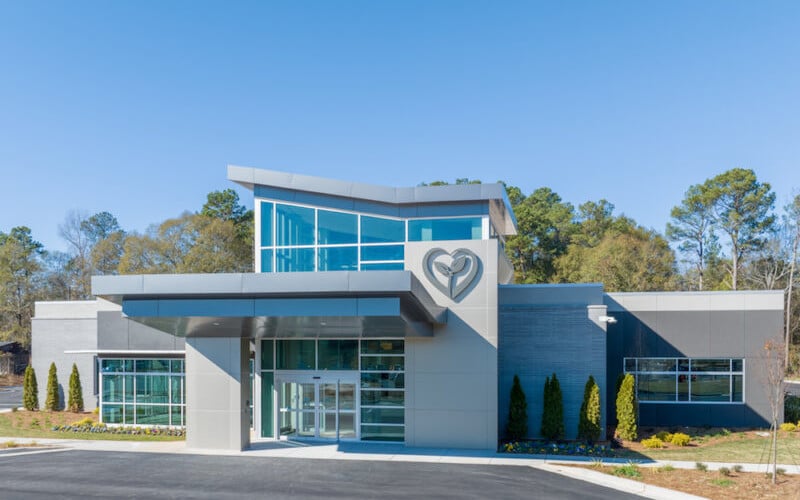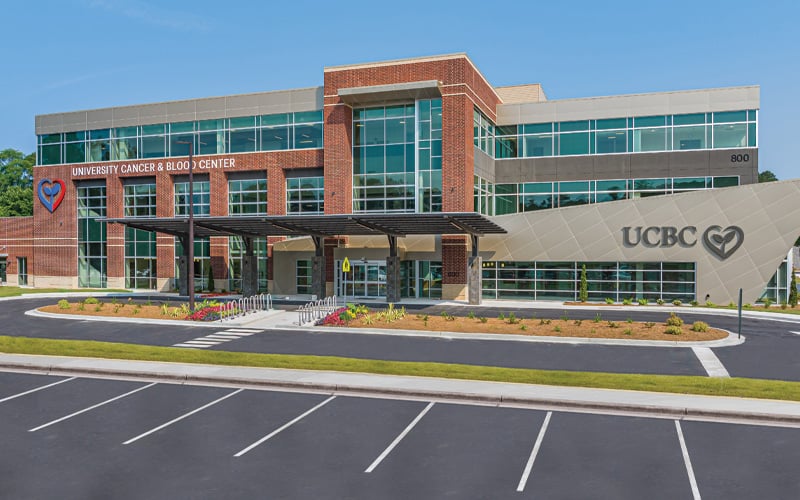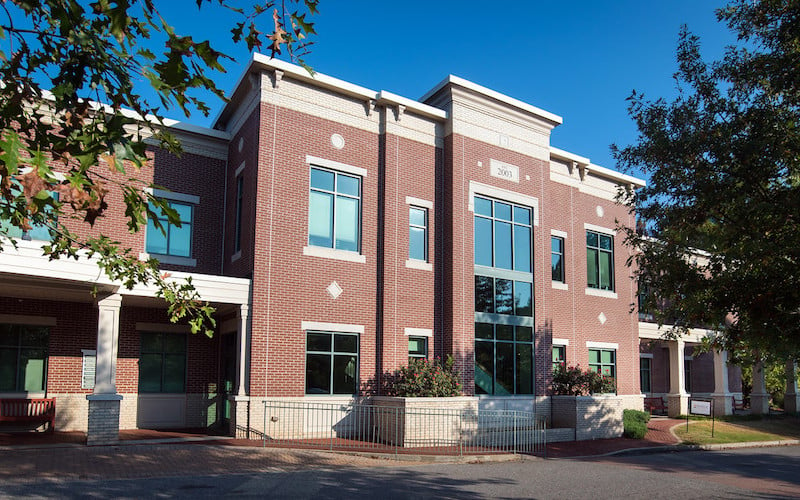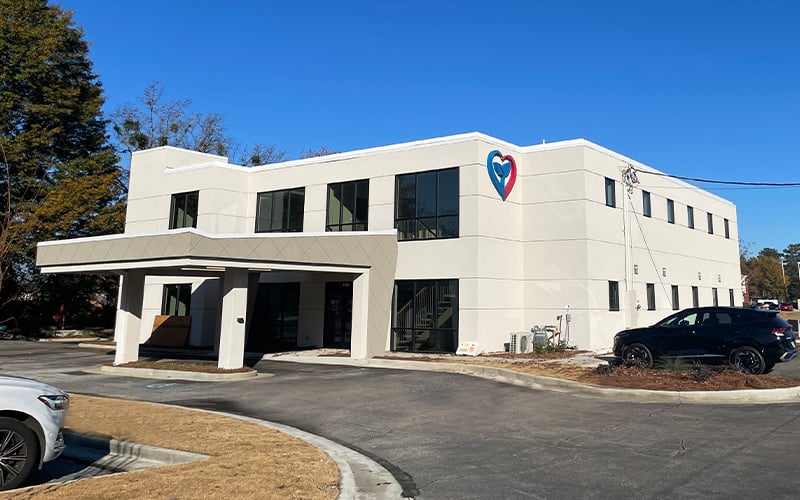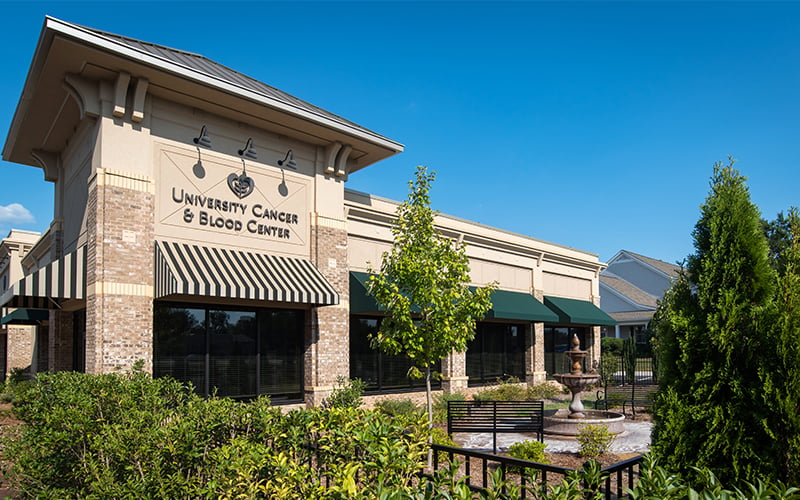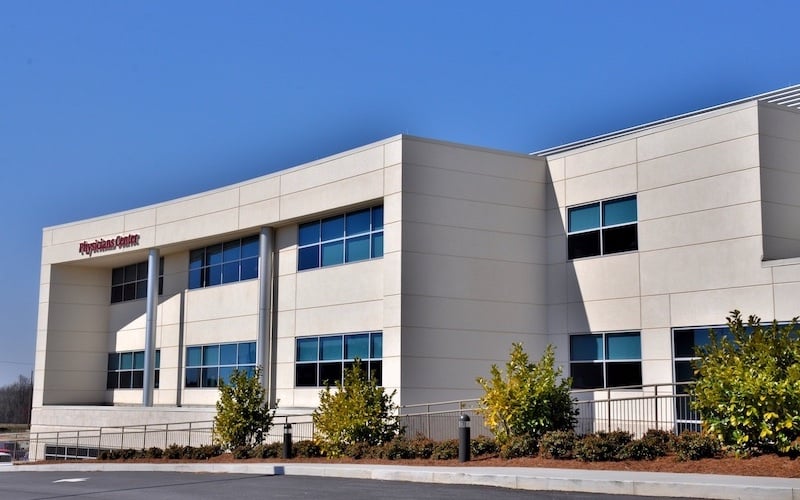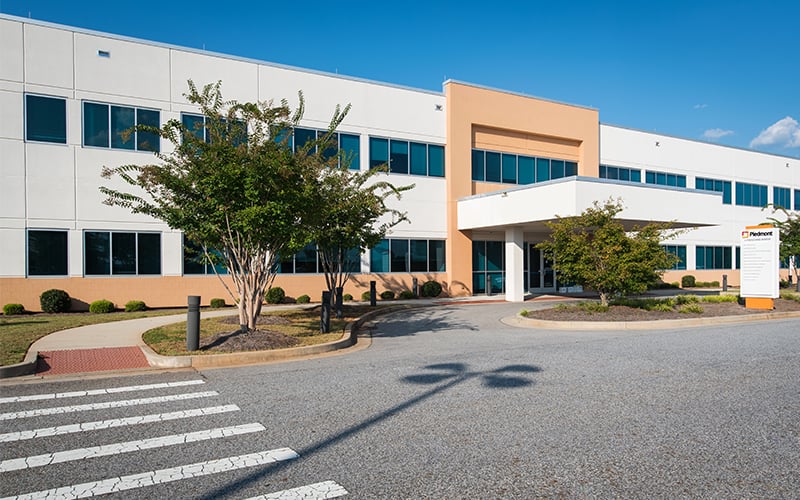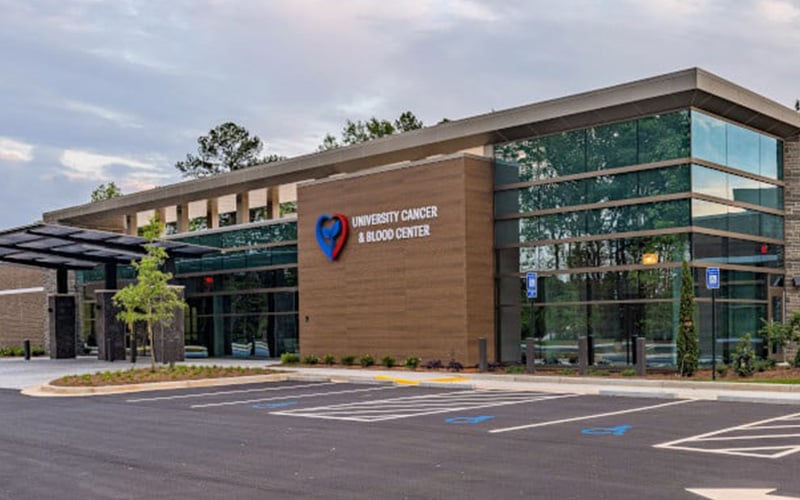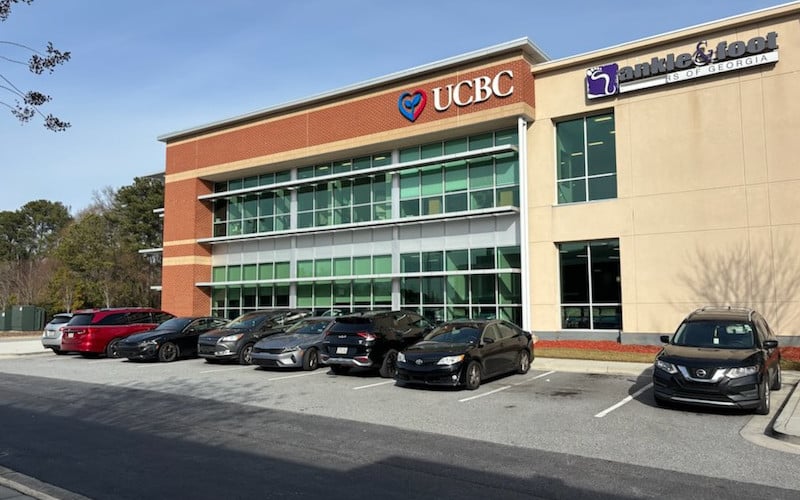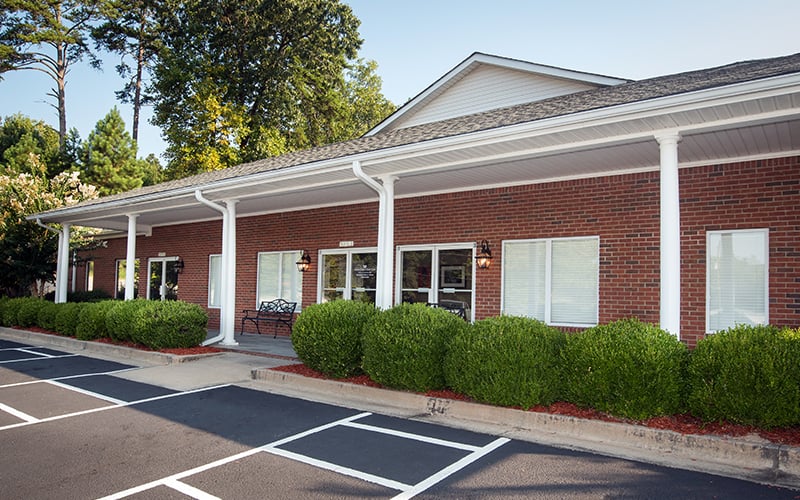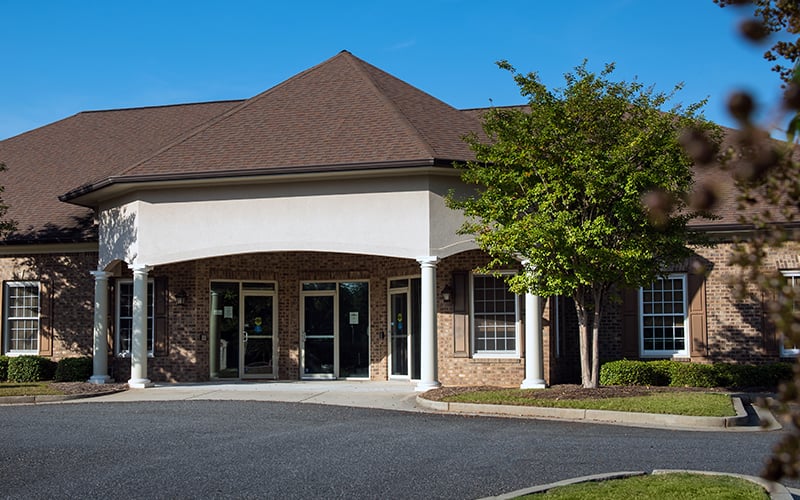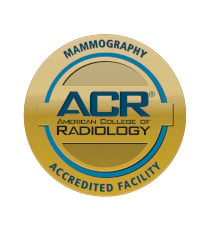Surgery may include both an initial biopsy and removal — or resection — of the tumor.
Initially, a surgical biopsy involves taking a tissue sample from the possible cancer to determine whether the tissue is malignant or benign. If the sample is positive, the biopsy is cancer; if negative, it is benign. This may be done in the surgeon’s office, an outpatient facility or hospital. The patient often goes home the same day.
Surgery for treatment may be performed shortly after the biopsy or after chemo-reduction therapy (neo-adjuvant) to shrink the tumor. The goal is to remove the cancer and adjacent tissue to reach what is called a “clean margin,” or tissue with no cancer. For example, neo-adjuvant therapy in breast cancer may allow a lesser procedure such as lumpectomy rather than mastectomy to be performed. Surgery also allows for a visual examination of internal organs and, when appropriate, removal of lymph nodes, both of which can help determine a patient’s prognosis.
Non-invasive surgical techniques include radiation scalpels such as CyberKnife, Proton Beam Radiation and GammaKnife. Radiofrequency Ablation is another option for local tumor control. These technologies, available at several Georgia medical centers, may be helpful when traditional surgery is not possible, for example in brain or liver cancers or when tumors are in both lungs.
